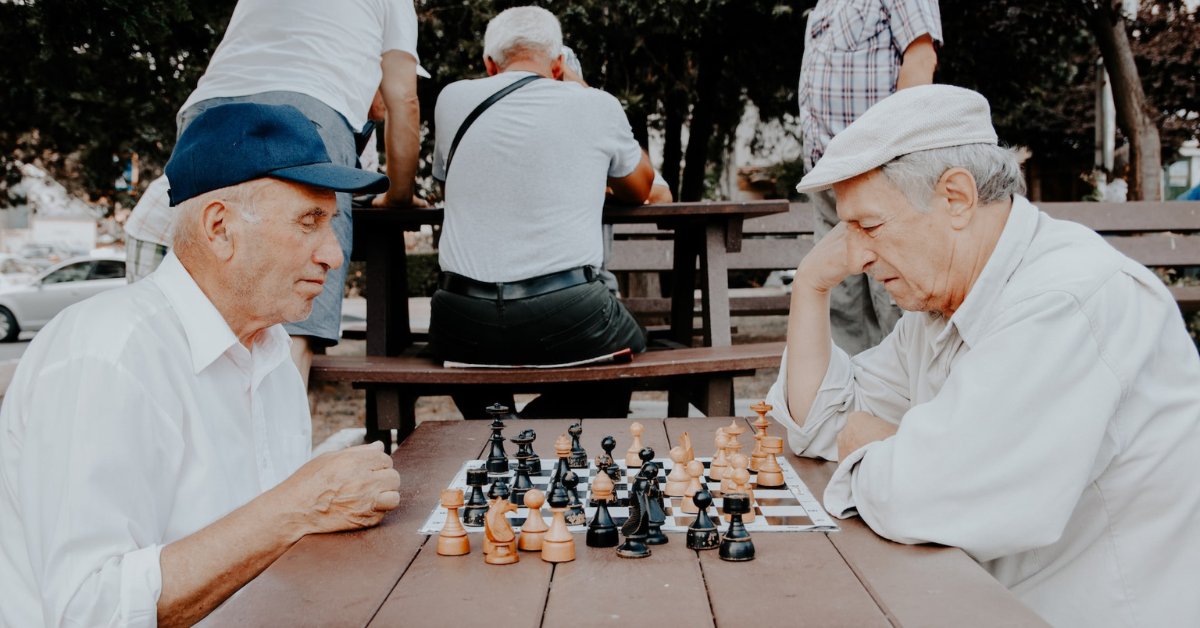
What Is Sustainable Caregiving for Families?

*Collaborative Post
Let’s be honest. Family caregiving isn’t easy, and it’s definitely not simple every day. That doesn’t mean it cannot get lighter, smarter, and a little more sustainable.
Sustainable caregiving matters because it keeps everyone in the family healthier, happier, and better prepared to face what comes next. If you’re curious about making your routines less stressful and less wasteful, you’re already thinking in the right direction.
What “Sustainable” Caregiving Really Means
The word “sustainability” might have you picturing recycling bins and reusable shopping bags. In caregiving for families, sustainability means something similar.
It’s all about routines, tools, and attitudes that help you keep going day after day, without burning out or filling your bin with trash.
Think of it this way. Sustainable caregiving is like a power source that never fully runs out. The right supplies last longer, routines run smoother, and people in the home feel better.
You protect your own energy as well as the earth’s resources. As the needs of your loved one change, so can your approach.
Everyday Tips for Sustainable Caregiving
Try making your caregiving more eco-friendly and family-friendly. Not by adding more jobs, but by making smarter swaps and sharing the load.
- Pick Durable Supplies: Fancy single-use wipes and gloves might look handy, but they add up fast. Go for sturdy, washable towels, cloth bibs or overalls, and reusable pads whenever you can. You’ll cut trash and save money in the long run.
- Join or Start a Borrow-and-Share Network: You’re not alone in this journey. Chances are, other families nearby need the exact same stuff. We’re talking wheelchairs, shower seats, big-print books, puzzles, and so on. Start a group to swap what you need, or link up with a local library or senior center that hosts sharing shelves.
- Reduce Toxins When Cleaning: A safe living space is a healthy one. Simple cleaners like vinegar and baking soda can tackle most jobs. Swap commercial sprays for low-tox choices, especially on surfaces that get a lot of contact. Bonus: Fewer fumes and less risky residue in your home.
Energy Use: Little Steps Count
You don’t need to load up the laundry constantly. Try waiting for a full basket.
Wash in cold water whenever possible and hang clothes afterward to save power from the dryer. Put up a checklist for what really needs washing daily versus what can go another round. It’s good for the budget and the planet.
Kitchen Sense: Meal Planning That Works
Caregivers often grab pre-packed foods for speed. Try a different route now and then.
Make a weekly plan. Use big containers instead of single-use snack bags. Cook bigger batches and freeze extras.
Fresh produce and real food are good for everyone, and there will be less trash sent out each week.
Signs Your Family Might Need Outside Help
Sometimes, even with your best efforts, caregiving at home gets overwhelming. The needs pile up. Your patience gets thin.
When should you bring in extra support? Look for these warning signs:
- Your loved one has safety risks you cannot handle alone, like wandering or forgetting medication.
- Personal health problems or exhaustion keep you from doing daily care well.
- The atmosphere at home sinks, with arguments, tears, or big stress over simple tasks.
If any of this sounds familiar, you’re not failing. You’re recognizing a need for backup.
Adapt where you can, ask for help when you need it, and remember:
Small changes keep sustainable care within reach.
Understanding the Full Range of Support Options
Caregiving help doesn’t have to mean sending a family member away or losing control. Some families add a home aide or nurse for a few hours. Others explore day programs for adults, which help with both structure and social needs.
And sometimes, a move to a caring environment with a trained team is the best path.
If your loved one’s needs are complex, like Alzheimer’s or other memory loss, families may seek out a community that specializes in Alzheimer’s care. These places blend routines, sensory activities, safety checks, and personal care fitness for people with memory challenges, giving peace of mind to families who want their loved one protected and engaged.
How to Evaluate Care Options in Your Area
- Visit in person. Watch how staff interact with residents.
- Ask questions about meals, safety, social activities, visiting hours, and how care plans are built for individual needs.
- Look for reviews or chat with families who have used the service before.
Keep It Simple, Keep It Going
Sustainable caregiving blends eco-friendly choices and smart routines with your own well-being. When you use your resources wisely and keep daily life simple, you build support that lasts for everyone at home. The best caregiving routines are easy on you and gentle on the planet, giving you the hope and energy to maintain daily care.
*This is a collaborative post. For further information please refer to my disclosure page.




